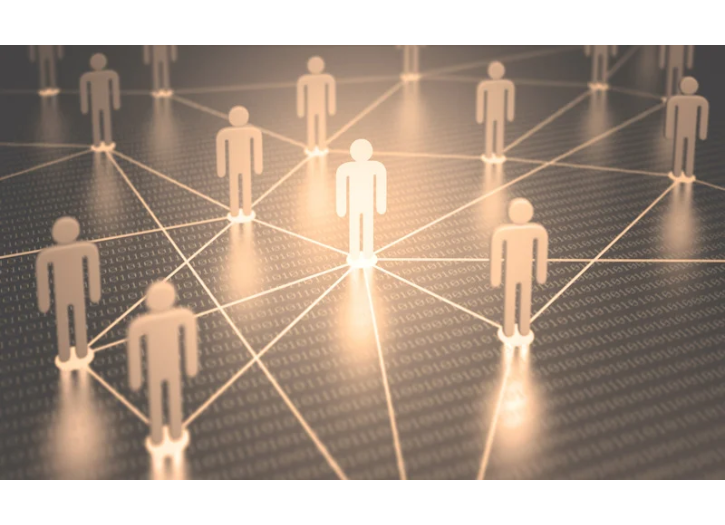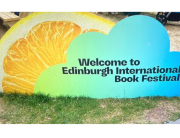Is LinkedIn really the golden ticket for career growth or is it just another overwhelming social feed?
With the platform boasting over 1 billion members worldwide, it seems so saturated that it struggles to fulfill its mission of connecting professionals with opportunities and fostering real growth. In today’s economy, job searching often leaves us wishing things would go back to the days of scanning the classifieds. Still, LinkedIn has been a trusted tool for making professional connections for the past 20 years, and many people continue to thrive on it. The question is: where do we find the balance between it being a place where opportunities flow and the overwhelming noise of surface-level networking? Let’s weigh it out: lifeline or networking nightmare?
The case for LinkedIn being a lifeline is strong. It’s our modern-day résumé—one that talks back, opens doors, and introduces you to people you’d never meet in line at Starbucks. With a few thoughtful posts and a polished profile, you can catch the eye of recruiters around the world or land collaborations that would never happen offline. For many professionals, LinkedIn is more than a networking site; it’s a bridge to hidden opportunities and career shifts that once felt impossible. For Gen Z, it offers the promise of never being stuck in one career path they don’t want. In many ways, it’s the perfect tool for staying in control of career moves and collaborations.
But let’s be real, LinkedIn isn’t all golden opportunities and dream connections. Scroll long enough and you’ll find yourself lost in a maze of humblebrags, recycled motivational quotes, and connection requests that blur the line between real people and bots. It’s the side of LinkedIn we don’t talk about enough. You can spend hours scrolling only to find jobs that seem too good to be true, or end up flooded with random offers from overseas accounts. It’s exhausting. One minute you’re excited about a message from what looks like a promising company, and the next you realize it’s a copy-paste pitch from an account that won’t exist next week. For professionals genuinely seeking opportunities, this flood of fakes adds frustration and makes it harder to spot the real doors worth knocking on.
At the end of the day, LinkedIn can be both a help and a hindrance; it all comes down to how you use it. The platform can open doors to mentors and opportunities, but it can also overwhelm you with noise, scams, and shallow connections. Like any tool, its value depends on the intention you bring to it. The real question is: How will LinkedIn stay relevant? How will it help users navigate the elements, turning this dream into a nightmare? To remain the digital résumé of our time, LinkedIn must double down on authenticity, strengthen security, and refine algorithms to prioritize meaningful connections over noise. If it rises to meet these challenges, LinkedIn can remain a lifeline. Until then, we’ll keep using it intentionally while pushing for the changes that make it more of a bridge than a burden.







Add Comment
You must be logged in to post a comment.